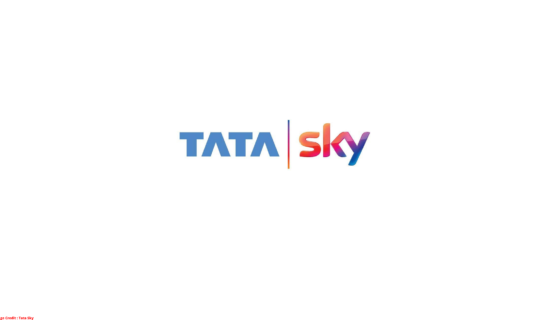
The Right to Redressal is one of the most crucial protections guaranteed under Indian consumer law. It ensures that when a consumer is wronged, whether by defective products, deficient services, unfair trade practices, or false advertisements, they have access to a fair and efficient system for resolving their grievances and obtaining compensation.
Recognised under the Consumer Protection Act, 2019, this right goes beyond simply acknowledging harm. It gives consumers the power to hold businesses accountable, seek justice, and recover damages or losses suffered in the marketplace.
What does the “Right to Redressal” mean?
The Right to Redressal means that:
- Consumers have the right to complain against manufacturers, sellers, or service providers who cause harm through defective goods or poor service.
- They are entitled to compensation, refunds, replacement, or removal of defects, depending on the nature of the issue.
- Grievances must be heard and resolved in a timely, unbiased, and cost-effective manner.
- There should be accessible mechanisms at multiple levels (district, state, national) to seek remedies.
It reinforces the idea that consumer harm should not go unaddressed and that wrongdoers must face consequences.
Legal frameworks supporting the right
There are several laws and agencies work together to protect this right.
1. Consumer Protection Act, 2019
The Consumer Protection Act establishes a three-tier National Consumer Disputes Redressal Commission (NCDRC) system:
- District Commission – For cases involving claims up to ₹1 crore
- State Commission – For claims between ₹1 crore and ₹10 crore
- National Commission – For claims above ₹10 crore
These quasi-judicial bodies are empowered to:
- Order refunds, replacements, or repair of defective goods
- Grant compensation for financial loss, physical injury, or mental distress
- Punish unfair trade practices and false advertising
- Direct manufacturers to withdraw hazardous goods or stop production
2. E-Daakhil Portal
The E-Daakhil Portal is a digital grievance redressal system where consumers can file complaints online, upload documents, and attend hearings virtually.
The purpose of the portal is to make redressal as accessible as possible, especially for those who live and work in remote areas.
3. Central Consumer Protection Authority (CCPA)
The CCPA can initiate suo moto investigations, order recalls, issue warnings, or impose penalties on entities violating consumer rights.
Common issues covered under the “Right to Redressal”
Consumers can seek redressal for a wide variety of issues under the “Right to Redressal”, including:
- Defective products (e.g. electronics, automobiles, appliances)
- Deficient services (e.g. delayed deliveries, poor after-sales service, insurance or banking issues)
- Overcharging or false pricing
- Medical negligence
- Misleading advertisements or product claims
- Online fraud or fake products
Application in practice
So how has this legislation and the varioius agencies enforcing had an impact on consumer cultures in India?
1. Real-life consumer wins
Among the various high-profile cases of enforcement of consumer redress, courts have ordered airlines to compensate passengers for cancellations or baggage loss, telecom companies have been penalised for hidden charges or poor service and e-commerce platforms have been directed to refund payments for undelivered or fake products.
2. Accessibility
The “Right to Redress” has also meant that systems for pursuing justice have been made more accessible: court cases can be filed without a lawyer and nominal court fees (starting as low as ₹100) make it affordable. These days many complaints are now resolved via mediation to avoid long trials.
3. Role of consumer forums and NGOs
To aid consumers in their pursuit of justice, there are whole host of consumer forums and NGOs to help consumers understand their rights, file complaints, and even represent them before commissions.
Challenges and limitations
Despite the robust framework, the right faces several real-world challenges:
- Delays in justice due to backlog of cases
- Low awareness of legal remedies, especially in rural areas
- Corporate resistance and legal tactics to prolong proceedings
- Limited enforcement of orders in some cases, particularly involving refunds
The government is trying to address some of these issues by improving the functioning of commissions and expanding digital redressal platforms.
Why the “Right to Redressal” matters
Without effective redressal, consumer rights become meaningless. This right:
- Restores consumer confidence in the system
- Encourages businesses to act responsibly
- Deters repeat violations
- Makes justice accessible to all, regardless of financial or social status
It shifts the balance of power, ensuring the individual is not helpless against powerful corporations or negligent service providers.
Conclusion
The Right to Redressal is the consumer’s legal weapon against injustice. In India, the legal structure now supports fast, fair, and efficient resolution of consumer grievances. However, awareness, access, and enforcement remain key to making it work.
As digital markets grow and consumer choices expand, the importance of timely and effective redressal will only increase. An informed and assertive consumer, backed by a strong legal system, can help build a marketplace that is not only competitive—but also fair, transparent, and accountable.
Share this:
Resolver*
Guides, help & tips, delivered twice a month


No Comments